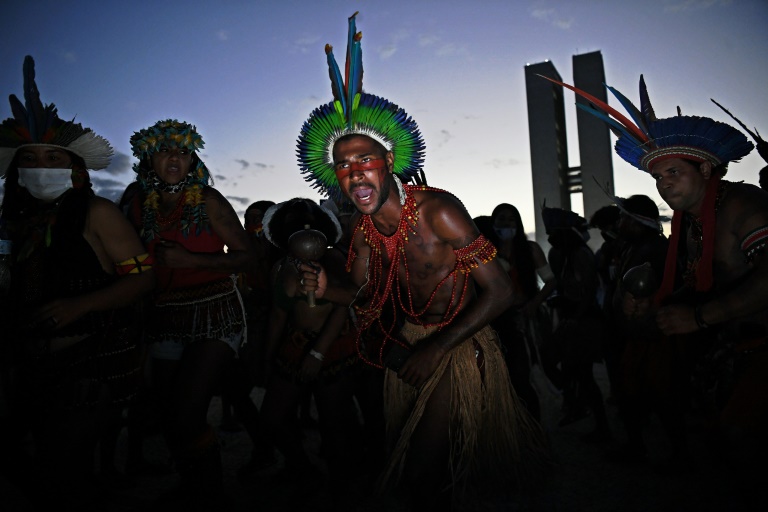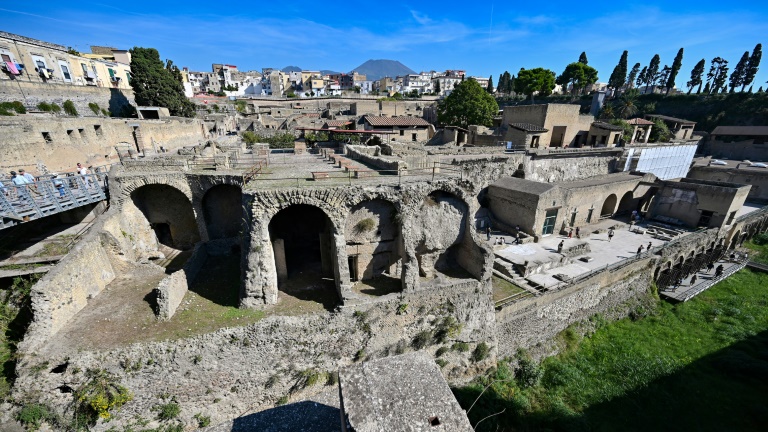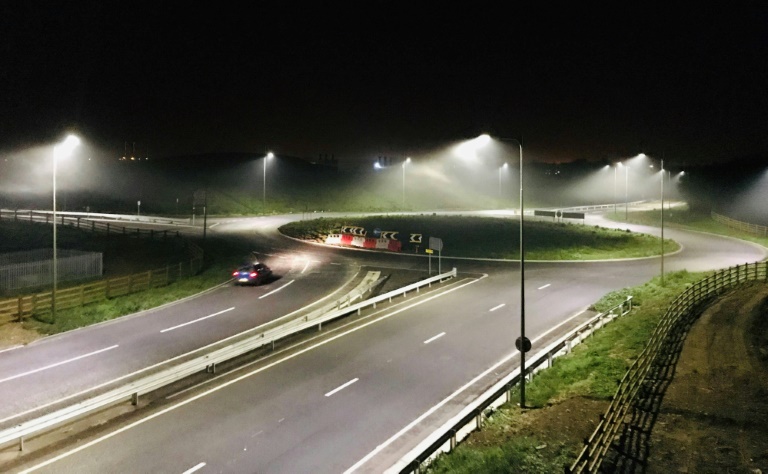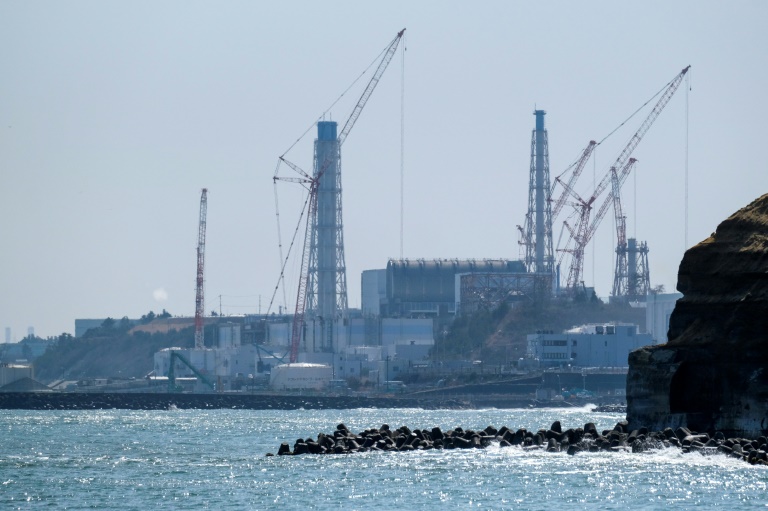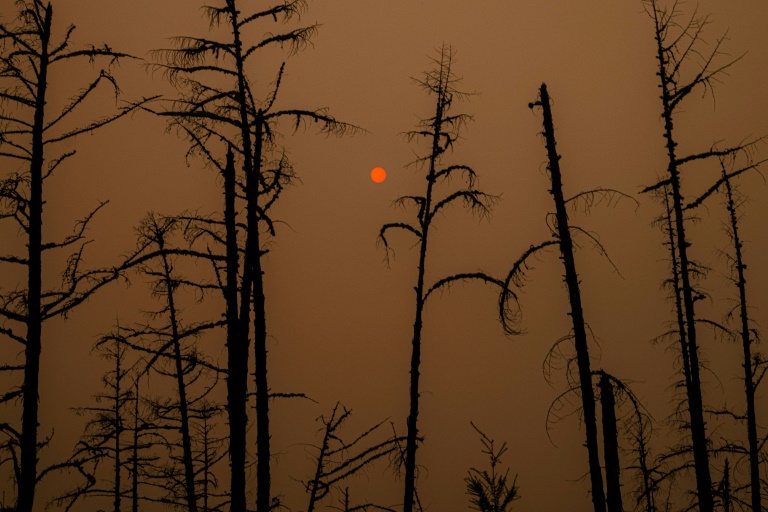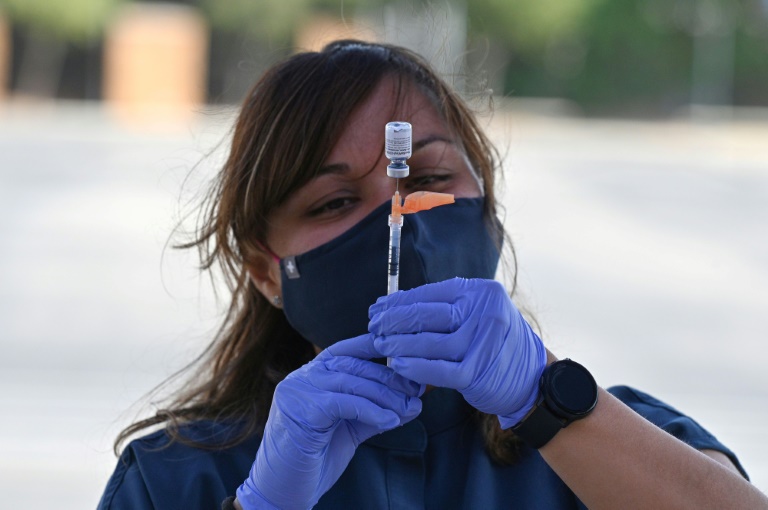Indigenous protest as Brazil high court hears land case
Thousands of indigenous protesters marched through Brazil’s capital Wednesday, dancing to the beat of pounding drums, as the Supreme Court prepared to take up a case that could eliminate reservations on their ancestral lands.
In what organizers said was the country’s biggest indigenous protest ever, an estimated 6,000 demonstrators marched to the seat of power in Brasilia, filling the ultra-modern square bordered by the Supreme Court, Congress and the presidency with traditional costumes and chants.
The protest aimed to pressure the high court as it began a session where it will consider a case that could remove protected status for some native lands, opening them to agribusiness and mining.
The protesters, who hail from more than 170 ethnic groups, were also fighting what they call systematic persecution under far-right President Jair Bolsonaro.
“The Supreme Court needs to listen to the concerns of indigenous peoples and protect our constitutional rights,” said Jatota Wajapi, 32, of the Wajapi people in the northern state of Amapa.
“The president wants to do away with our rights,” he told AFP.
The protest was peaceful, with organizers urging demonstrators to avoid confrontations with police.
A similar protest in June erupted into clashes, with three indigenous demonstrators injured and three police wounded by arrows.
The court case revolves around the Brazilian constitution’s protection of indigenous lands.
The agribusiness lobby argues those protections should only apply to lands whose inhabitants were present in 1988, when the constitution was adopted.
Indigenous rights activists argue the constitution mentions no such time limit, and that native inhabitants have often been forced from their ancestral lands.
Indigenous protesters have been camped out near the high court since Sunday, and plan to remain for a week — though it is unclear how long the ruling will take.
The court adjourned Wednesday without getting to the case, the second on its docket.
– ‘Brutally expelled’ –
The case involves a reservation in the southern state of Santa Catarina but will set legal precedent for similar cases across Brazil, experts say.
The plaintiffs are the Xokleng, Guarani and Kaingang peoples of the Ibirama-Laklano indigenous reservation, part of which lost protected status when a lower court ruled the groups were not living on the land in question in 1988.
They say that is because Brazil’s military dictatorship (1964-1985) forcibly removed them.
“During the dictatorship, the state sold our land to farmers. The reason we weren’t there (in 1988) is because they expelled us and forced us onto a tiny corner,” Ana Patte, a 29-year-old Xokleng activist, told AFP.
“Everyone knows how brutal the process of colonization was in Brazil… They killed us as if we were insects they had to clean up so they could plant crops.”
– Legal onslaught –
The implications of the case are far-reaching.
Experts say it will set legal precedent for dozens — potentially hundreds — of similar cases, at a time when a powerful, Bolsonaro-backed agribusiness lobby has been aggressively moving to rewrite the rules on protected lands in Brazil.
The case echoes legislation before Congress that would enshrine the 1988 “time-frame argument” in law.
The bill is one of several that indigenous activists and environmentalists say Bolsonaro and his allies are trying to use to further the advance of agriculture and industry into Brazil’s rapidly disappearing forests.
Environmentalists say protecting indigenous reservations is one of the best ways to stop the destruction of the Amazon, a critical resource in the race to curb climate change.
Bolsonaro warned Tuesday that “chaos” would ensue if the court did not rule in favor of the 1988 cutoff.
“There’s land that’s productive today that could stop being productive… It would be chaos for Brazil and a great loss for the world,” he said.
Bolsonaro has vowed in the past that “not one centimeter” of new indigenous reservations will be created in Brazil.

